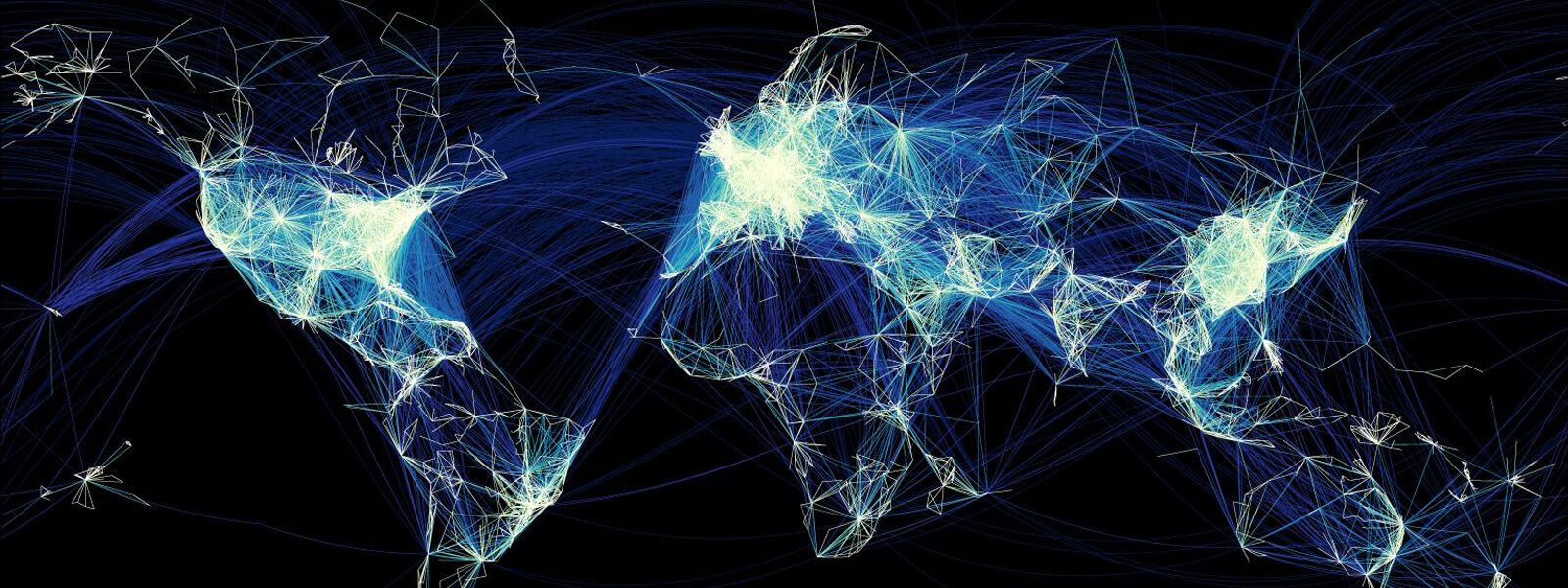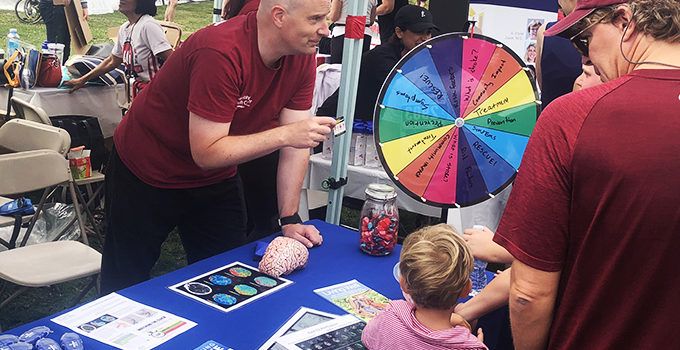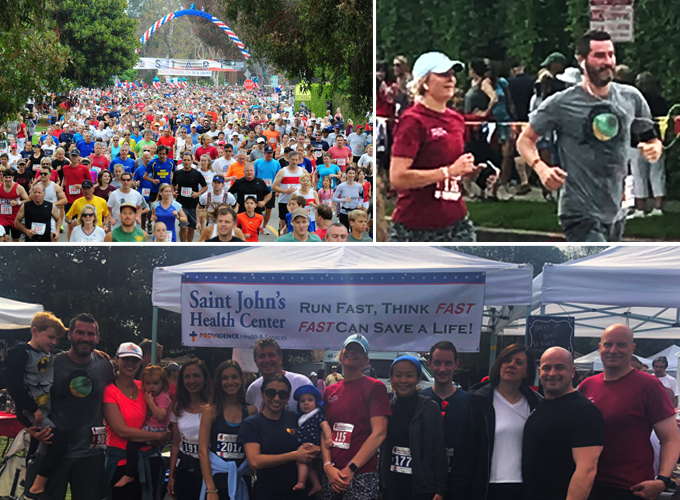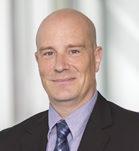

Stroke Team Champions Education at 2018 Palisades Will Rogers 5K & 10K Run
by Steven Augustine
July 4, 2018, Pacific Palisades – Independence Day 2018 dawned with clear skies, summer sun, and a cool Pacific Palisades breeze. As thousands gathered for the 41st Annual Palisades Will Rogers 5 and 10K run, conversations were optimistic, filled with heady anticipation of family, barbeques, fireworks, and fun. Why, then, was a team of stroke champions from Pacific Neuroscience Institute’s Stroke & Aneurysm Center and Providence Saint John’s Health Center darkening everyone’s day with warnings of sudden onset facial droop, arm weakness, and speech, vision, or balance problems?
A long-time major sponsor of this annual event, Providence Saint John’s was there because we know that even among this healthy population of Palisades runners, stroke is a deadly serious, disabling, and frustratingly misunderstood condition. Heart attack tends to be well-understood by most Americans and is largely viewed as a treatable condition requiring immediate activation of Emergency Medical Services (EMS) by dialing 9-1-1, but stroke remains a mystery to the majority of this otherwise very well-informed community.
But there is a secret we want everyone to know. With the advent of mechanical thrombectomy – one of several advanced stroke treatments regularly performed at Providence Saint John’s – stroke can often be treated successfully, thus reducing (or eliminating) stroke-related disability and preserving both quantity and quality of life.

“We had a very successful stroke booth this year. Our excellent staff spent all day educating the public on the importance of recognizing the symptoms of stroke and acting fast,” commented Jason Tarpley, MD, PhD, vascular and interventional neurologist and director of the Pacific Stroke & Aneurym Center.
Modern stroke treatment is revolutionary to those of us who have seen from the front lines the harsh toll that stroke takes on individuals, families, and communities. Stroke remains the third leading cause of death and is the leading cause of disability in the United States, resulting in a total cost on the order of $43 billion annually1.
You can help reduce this: BE FAST to help prevent a loved one or neighbor from suffering severe stroke-related disability. Know what stroke signs and symptoms look like, act quickly by calling 9-1-1, and ask to be delivered to a thombectomy-capable stroke clinic like Providence Saint John’s, where a full range of advanced stroke diagnostics, imaging and therapies are readily available.

1 Source: U.S. Centers for Disease Control and Prevention

Steven B. Augustine, MSN, NP, CNRN, CCRN, is a geriatric medicine specialist at the Pacific Stroke & Aneurysm Center and Providence Saint John’s Health Center. He and has been practicing for 6 years after graduating from University of Pennsylvania. As a geriatric nurse practitioner, he specializes in geriatric medicine including stroke, neurovascular and neurocritical care.
About the Author

Steven Augustine
Steven B. Augustine, MSN, NP, CNRN, CCRN, is a geriatric medicine specialist at the Pacific Stroke & Aneurysm Center and Providence Saint John’s Health Center. He and has been practicing for 6 years after graduating from University of Pennsylvania. As a geriatric nurse practitioner, he specializes in geriatric medicine including stroke, neurovascular and neurocritical care.
Last updated: April 24th, 2020